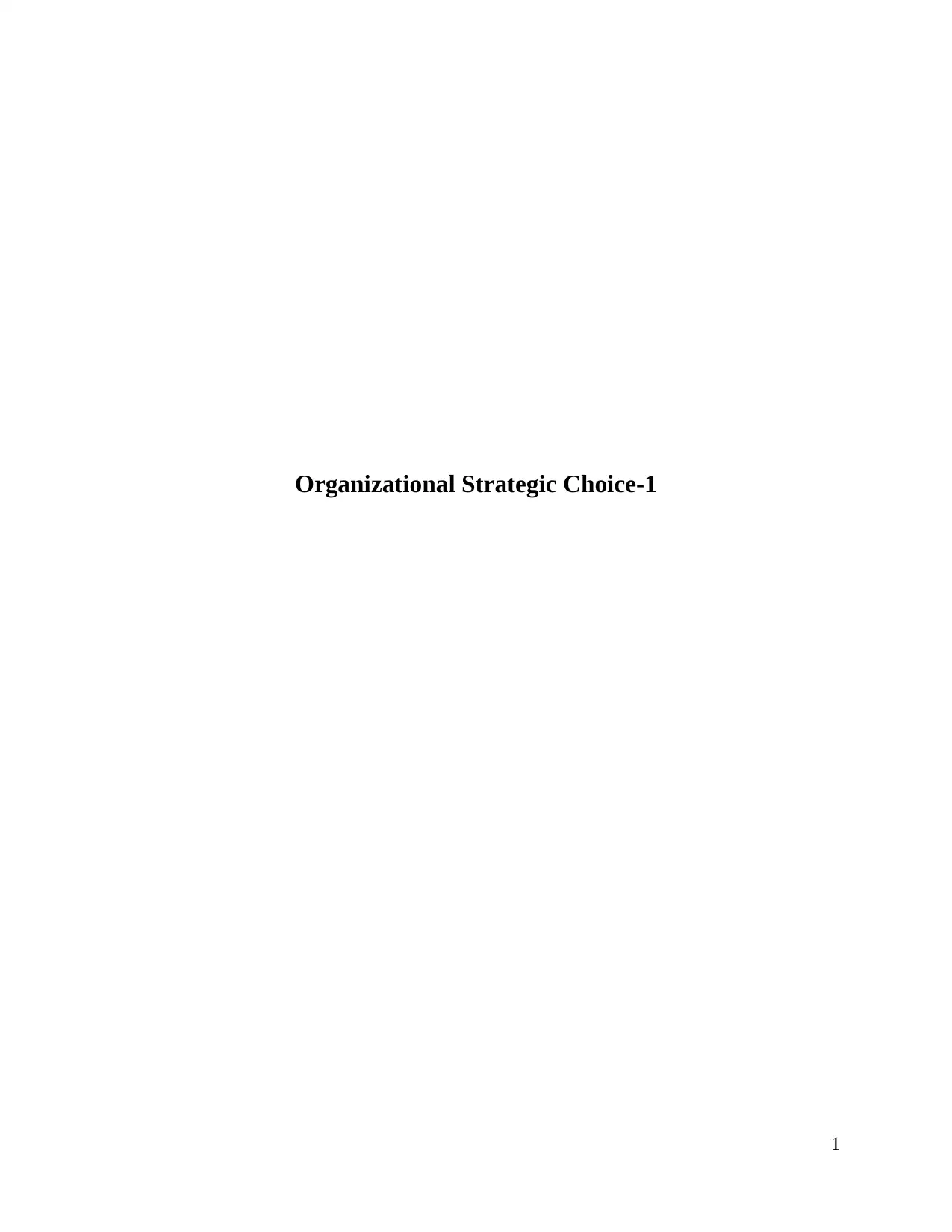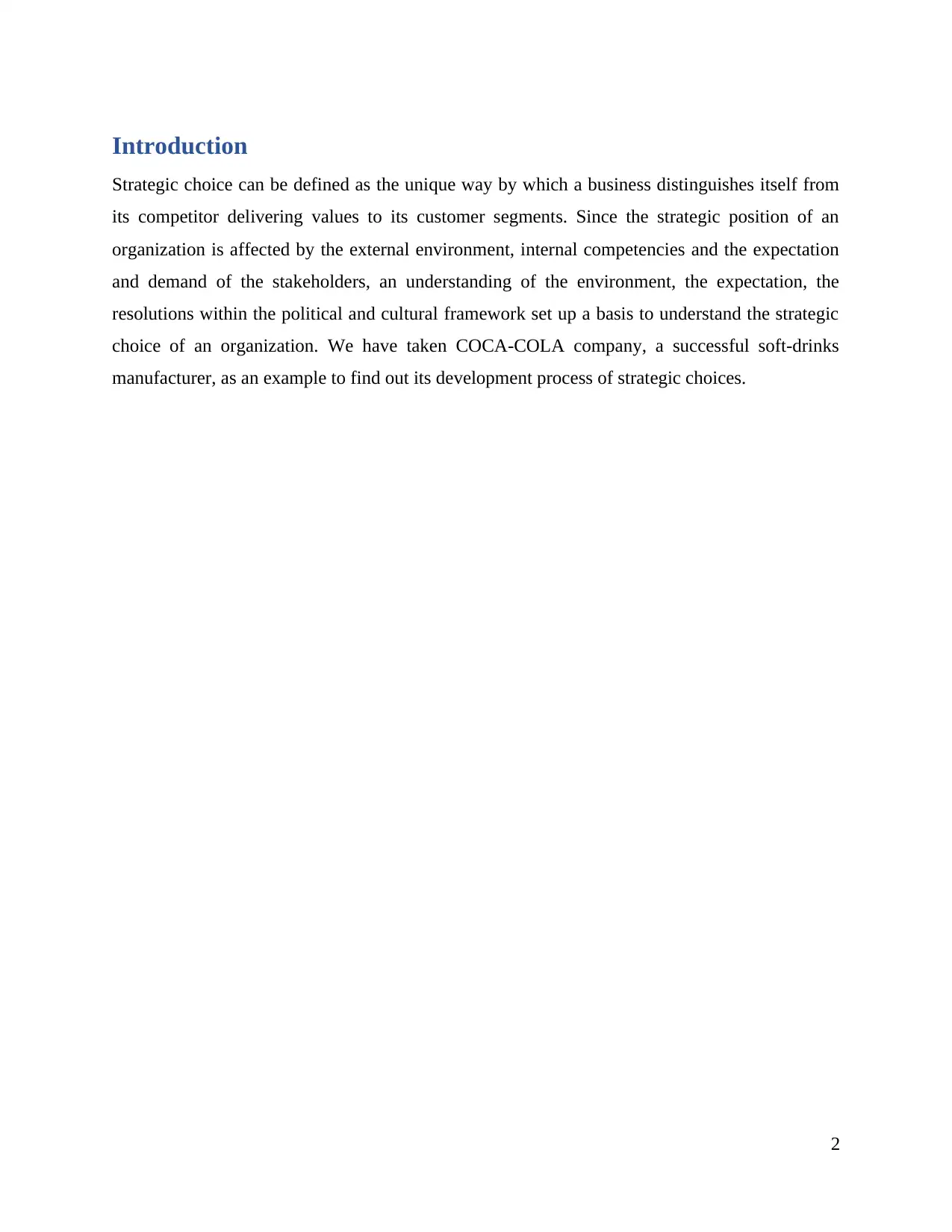Strategic Choice Analysis: COCA-COLA Case Study Report, Semester 1
VerifiedAdded on 2020/10/16
|5
|688
|140
Report
AI Summary
This report provides a detailed analysis of COCA-COLA's strategic choices. It begins with an introduction to strategic choice and its significance, followed by an examination of the external environment using PESTLE analysis, which covers political, economic, social, technological, environmental, and legal factors. The report then employs Porter's 5 forces model to assess the competitive industry landscape, including competitive rivalry, supplier power, buyer power, the threat of substitution, and the threat of new entry. The analysis highlights how these factors influence COCA-COLA's market position and strategic decision-making processes. The report aims to understand the factors influencing the strategic choices of the company and how it maintains its position in the market.
1 out of 5












![[object Object]](/_next/static/media/star-bottom.7253800d.svg)